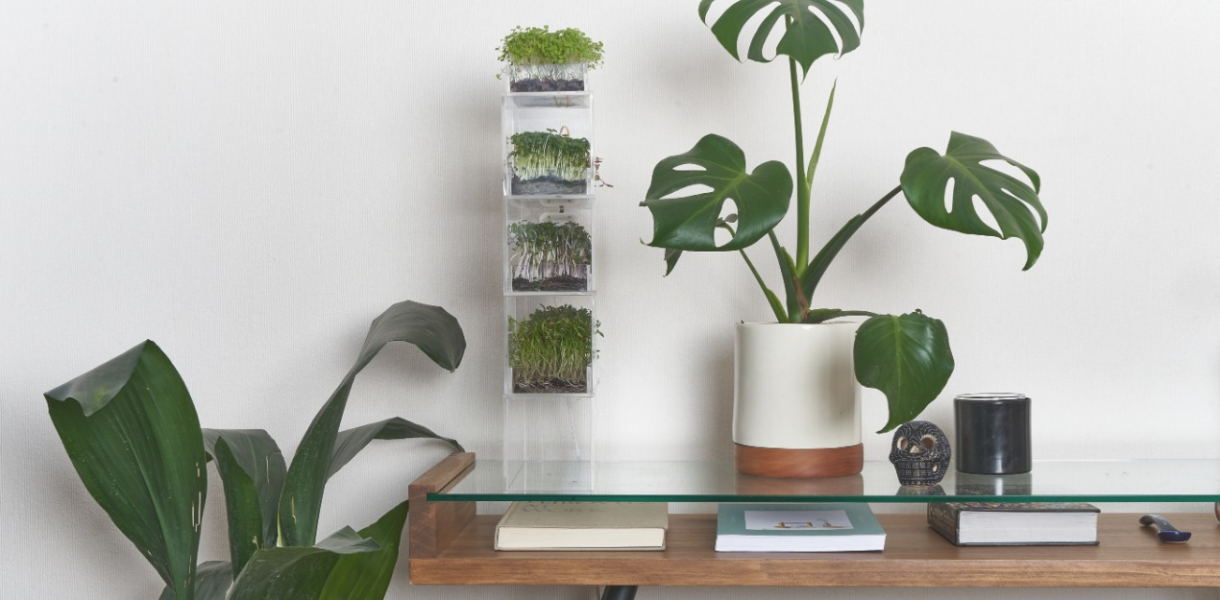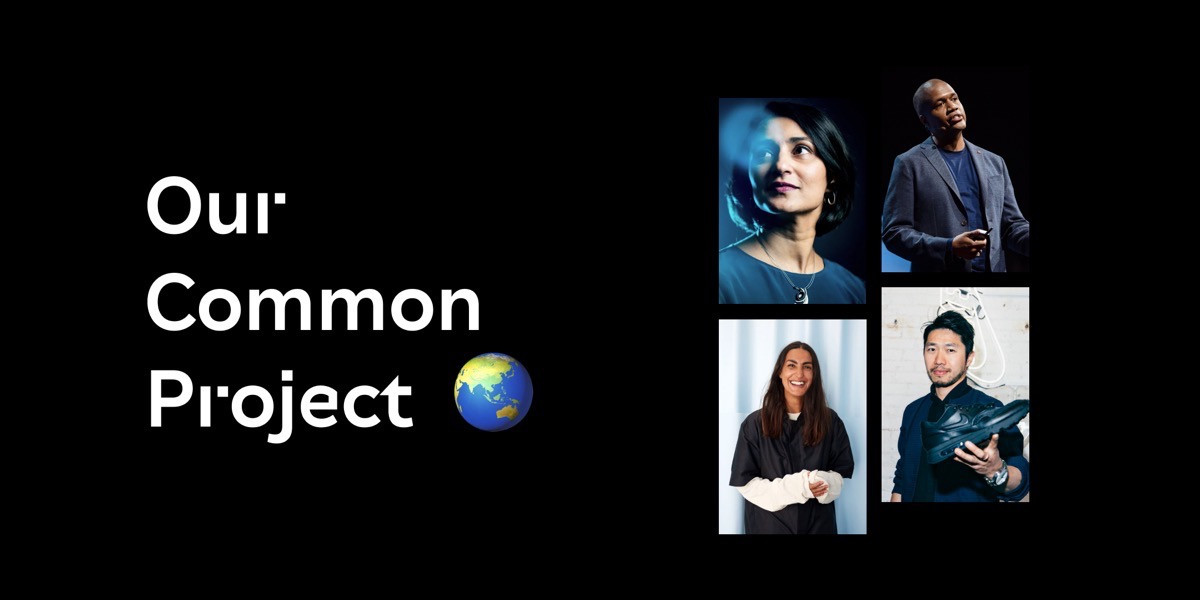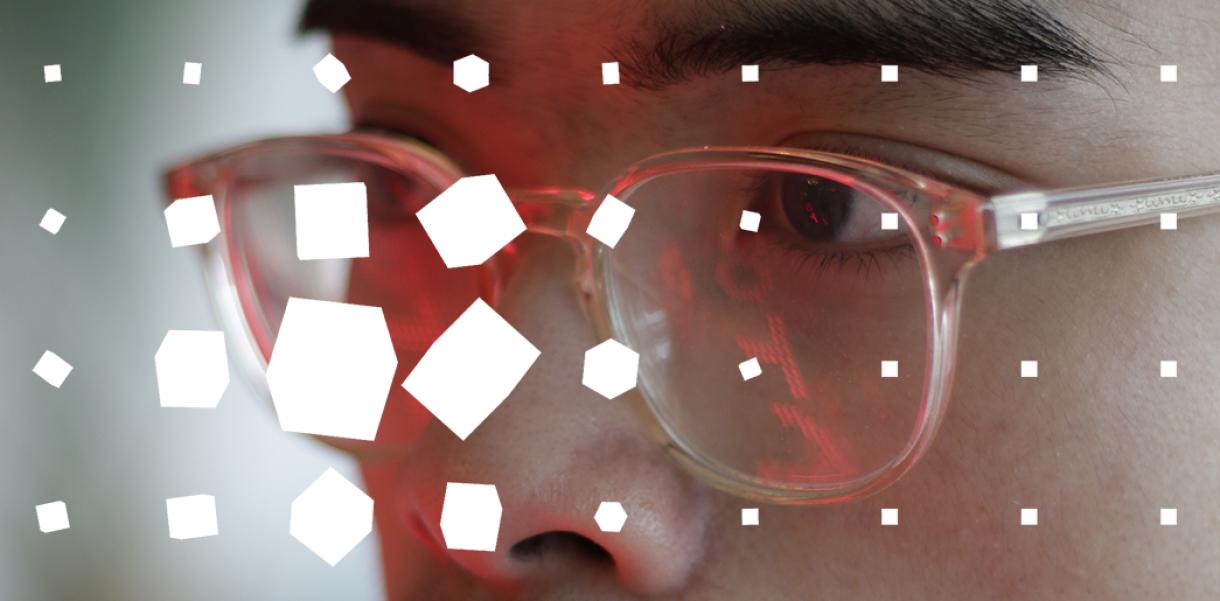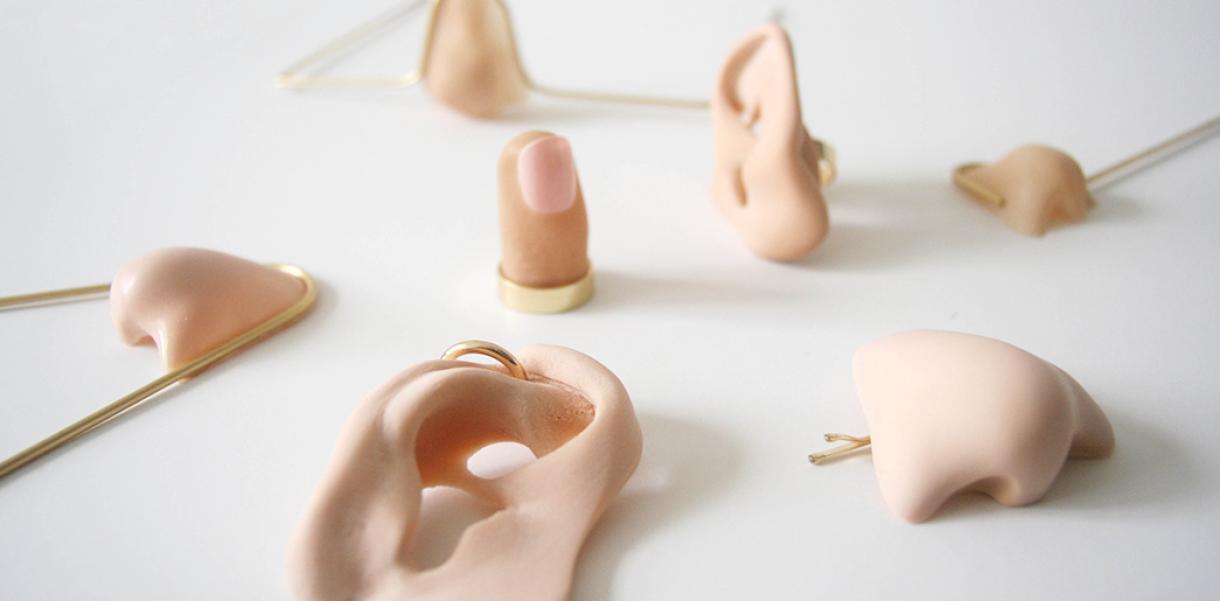Losing track of time in 2020 was easy, but we certainly spent a good amount of it at home. The concept of a place to call our own is a given for many but a luxury for millions. The boundaries between the professional and private became blurred, and the world within the four walls became a place of invention and rethinking. 56 nominees were submitted in the home category, and these eight became finalists in this year’s Diseño Responde challenge.
MPzero is an easy-to-install and low-cost electric filter for wood-burning stoves that, through a small-scale electrostatic precipitation system, reduces polluting emissions by around 90%, in addition to reducing consumption of firewood by around 22%. The goal is to solve the enormous air pollution problem that firewood produces, specifically in Chile's south-central area. Designed by Potential SpA, Chile.
When you receive a package or order food, how can you make sure that the delivery is bacteria-free? The INCLICK is a foldable compartment that uses UVC Light technology, a short wave radiation disinfecting 99.9% of viruses and bacteria. With a single click, it eliminates all kinds of bacteria and germs without the use of chemicals. Designed by Universidad del Desarrollo, Chile.
Today, vulnerable families in Mexico have access to water through a water-capturing solution named Tlaloque, which captures 75% of water to clean, leaving 25% unused. The Ayauhtli recovers that lost percentage so it can be used for irrigation, saving the clean 75% exclusively for personal hygiene and human consumption. The aim is to lower infections and prevent illnesses. Designed by Universidad Panamericana, Mexico
Donatella looks like a simple bracelet, but it can be a life-saver. The design creates a support system for women who suffer from domestic violence through discretion by measuring the pulse in a risky situation. If the pulse gets high, the bracelet starts recording the audio, and by pressing three buttons simultaneously, the recording is sent to the police and an emergency contact. Designed by Universidad Panamericana, Mexico
We accumulate so much electronic waste in our homes — wouldn’t it be nice if someone picked it up and made good use of it? Co_Valora collectors do just that, forwarding electronic waste to be recycled and reused. 25% of the waste in operational condition is donated to The Menosbrecha Foundation that hands over devices to children without technology access. Designed by Universidad del Desarrollo, Chile.
Etimo biomaterials are every day; organic waste turned into 100% biodegradable bioplastic. Gastronomic waste such as yerba mate, coffee and peels from restaurants and cafes in the local area are transformed into sheet materials with multiple applications. It can be varied in colours, textures and touch. Designed by Camila Castro Grinstein, Argentina.
Greeners is a system of urban micro gardens designed for small spaces. It’s created through vertically stackable modules, which also contribute to the design of interior spaces. It links people to a natural and healthy lifestyle without leaving home, and during the pandemic, self-cultivation of microgreens have provided psychological well-being and a reconnection with nature. Designed by Universidad del Desarrollo, Chile.
In Latin America, many suffer from malnutrition due to a lack of accessibility to animal protein since 23% of the food produced in the area is exported worldwide. worME is designed to encourage young innovators in Latin America to take on a sustainable, animal protein diet through a self-nurturing system of beetle larvae and processed entomophagic food. Designed by Universidad del Desarrollo, Chile.




